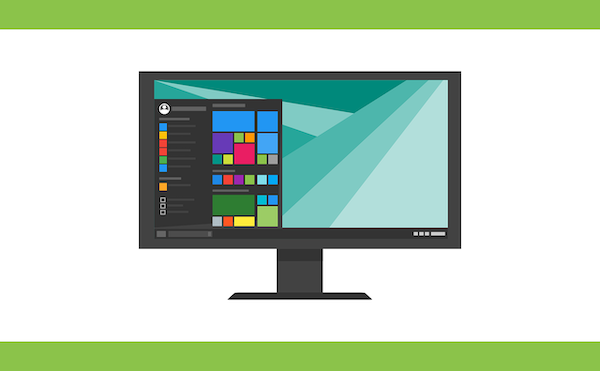Aggiornare i driver del PC è un’operazione fondamentale per mantenere il computer stabile, veloce e compatibile con...
DISCOUNT -20% - use the code 1WEEKvalid without minimum order
DISCOUNT -20% - use the code 1WEEKvalid without minimum order

In a technologically advanced world, where the computer plays a central role in the daily and work life of many, the choice of operating system (OS) proves crucial. This article aims to guide non-experts through the landscape of operating systems, focusing on three giants in the sector: Windows, Mac and Linux. We will explore the distinctive features of each, highlighting the strengths and weaknesses, with the goal of helping you choose the one most suitable for your needs.
An operating system is a fundamental software that manages the hardware resources of the computer and provides services to application programs. It functions as an intermediary between the computer user and the computer hardware, enabling the execution of all operations, from basic tasks like file management to more complex ones like the simultaneous running of multiple applications.
Operating systems perform multiple essential functions, including:
Windows, developed by Microsoft, is the most widely used operating system in the world, known for its intuitive user interface and for its compatibility with a wide range of software. Here are some of its main features:

Take a look at the Macrosoft Windows Operating Systems
MacOS, the operating system developed by Apple for its Mac computers, is renowned for its elegant user interface and robust performance. Here are some of its strengths:
Linux, an open-source operating system, is appreciated for its flexibility and security. It significantly differs from Windows and MacOS as it is available in many distributions (distros), each of which offers different user interfaces and feature sets. Key features include:
The choice of the "best" operating system depends on personal needs and preferences:
In terms of security, Linux tends to have the advantage thanks to its security model and less exposure to viruses and malware, followed by MacOS due to Apple's control over hardware and software. Windows, despite having significantly improved in terms of security in recent years, remains the most susceptible to threats, mainly because of its widespread distribution and popularity.
In conclusion, there is no universally "better" or "safer" operating system; the choice should be based on one's own needs, on the type of work to be done, and on compatibility with other equipment or software.
Leave a comment